Spinach is a very popular leafy green, and used in all kinds of dishes from smoothies to salads to hot dinner recipes. Yet perhaps you have a food intolerance to spinach, aren't keen on the taste or the fridge is bare and you need some spinach substitutes!
Here I share 10 spinach alternatives that will work perfectly in your meals and snacks. All are tasty, easy to find and full of flavor!
Please note that this post is for informational purposes and does not constitute medical or dietetic advice in any way. And a note for my low histamine readers - this is a broad informational post and may include reference to higher histamine foods.
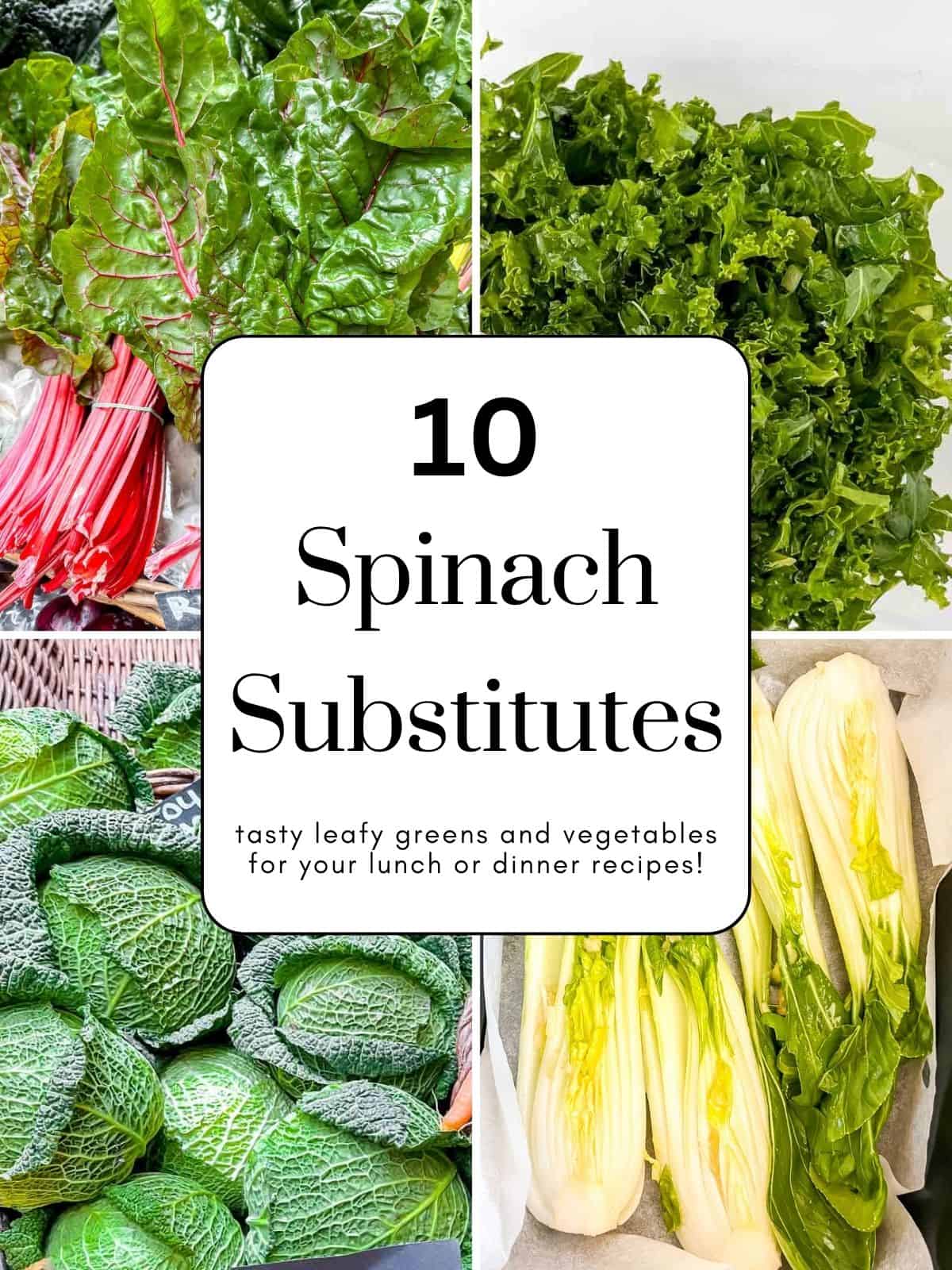
Jump to:
What is spinach?
Spinach (Spinacia oleracea) is an edible leafy green vegetable. It has a slightly bitter taste from its iron content, although baby spinach is slightly milder in taste. We can eat spinach leaves both raw in salads or cooked in hot meals, and you can easily use frozen spinach in soups and stews.
Spinach is known for being a nutritious food to include in your diet. As Healthline's article on spinach describes, spinach is high in insoluble fiber, carotenoids, vitamin C, vitamin K, folic acid, iron and calcium, as well as other plant compounds.
Why you may wish to use spinach substitutes in your recipes
While spinach is nutritious and a versatile leafy green to use in cooking, there are a few reasons why you may wish to use an alternative.
The most obvious reason you may want a spinach alternative is that you simply do not like the taste of spinach! Or you may look in the fridge to make dinner, but there is none left.
It's also the case that you may have an allergy to spinach or have an intolerance to it. People who have to follow a low histamine diet as they have histamine intolerance or mast cell activation syndrome typically avoid spinach as it is a higher histamine food.
My low histamine readers may also like to see some of the suggestions on my posts on the best bean substitutes and yogurt alternatives (note that not all foods suggested are low histamine, but most are!).
Spinach substitutes
There are so many leafy greens similar to spinach, and you will definitely find one for your hot and cold dishes!
Kale
Kale is a leafy cruciferous vegetable and, depending upon the variety, can have dark green or purple leaves. It has an earthy taste, and is quite tough when eaten raw.
The health benefits of kale abound, and it contains fiber, antioxidants, vitamins C and K and iron, amongst other nutrients (Medical News Today).
Kale is a very versatile food, and can be eaten both raw in salads and smoothies or cooked into pasta dishes and other hot meals. It easily wilts down in hot dishes and becomes much more tender. Kale works perfectly as a spinach substitute in soups and stews too.
To use in salads, it's often best to massage shredded kale with a little oil and vinegar or lemon juice and a pinch of salt to soften the tough leaves.
My tahini kale salad, kale apple slaw and kale wild rice salad all use this leafy green vegetable, as do my baked kale zucchini risotto and vegetable gnocchi soup if you are looking for kale recipes! And do check out my tomato substitutes post if they cause an issue when making your salads too!
Have a peek at my post on kale substitutes for even more ideas for leafy greens!
Swiss chard
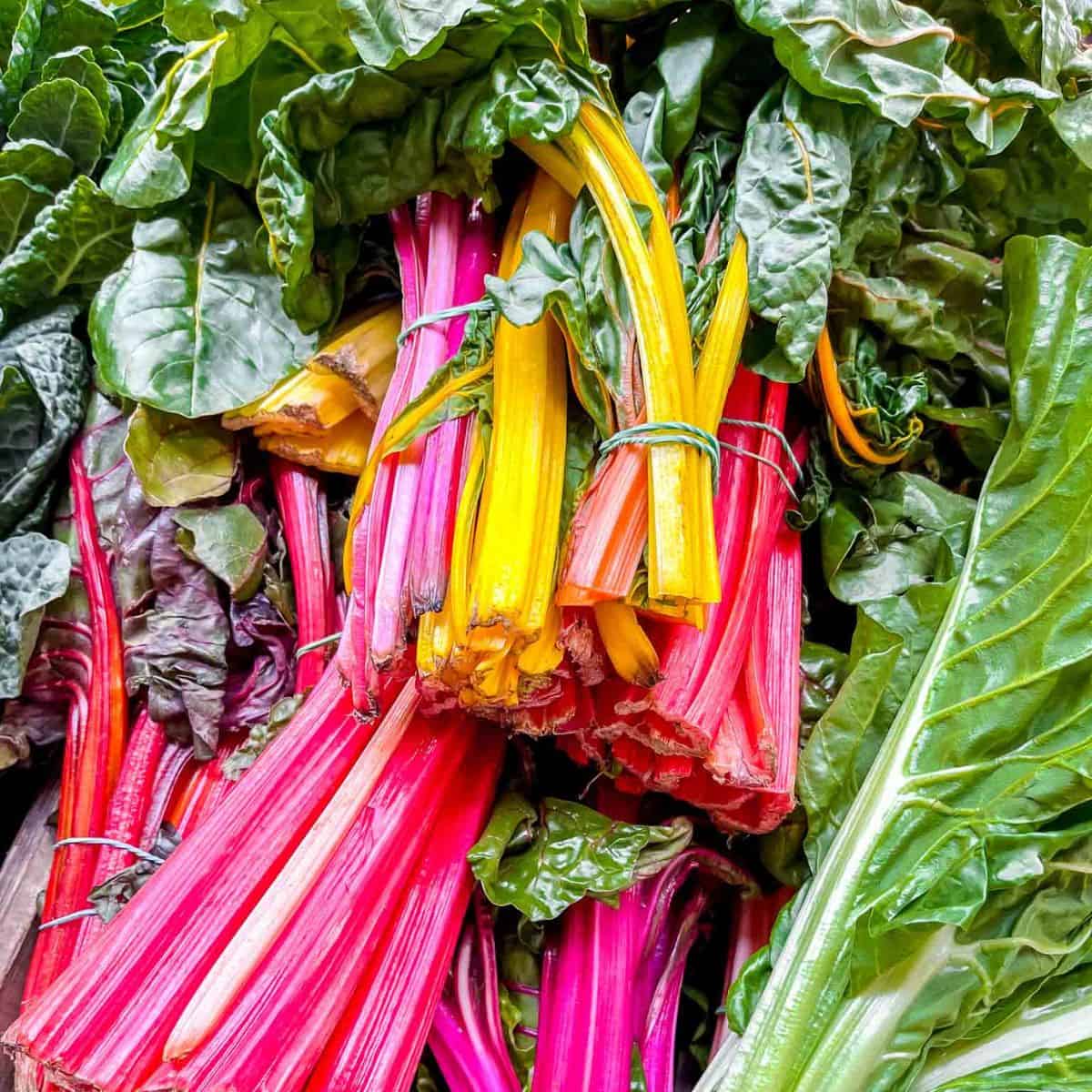
Swiss chard, or simply 'chard', is very similar to spinach with its strong slightly bitter taste and is part of the Chenopodioideae family. It has large dark green leaves and thick stalks that can be white, yellow, pink or red in color (often known as 'Rainbow chard').
Chard leaves are very simple to cook and can be steamed in just a few minutes. They can also be added to soups and stews towards the end of cook time.
In terms of nutrition, Healthline's article on chard describes that it is high in magnesium, iron, potassium, and vitamins A, C and K.
As a note for low histamine readers, chard stalks rate as '1' on the SIGHI list for histamine, with a ? as a liberator.
Arugula
Known as arugula in American English or rocket in Standard English, this leafy green is part of the Brassica, or Cruciferous family.
Arugula works perfectly as a substitute for spinach in salads. It has a peppery, bitter flavor with a hint of spice. It can also be added to hot dishes, and tends to lose its stronger taste in the cooking process.
As Healthline's article on arugula describes, this leafy green is high in fiber, calcium, potassium, folate, as well as vitamins A, C and K.
My quinoa arugula salad makes the most of this peppery leaf!
Bok choy
Bok choy, also known as pak choi and pok choi, is a type of Chinese cabbage with a white bulb and dark green leaves and is often used in Asian cooking. It's also very easy to grow yourself as I do most years in my back yard!
In terms of taste, the stems and bulb of bok choy have a similar taste (and texture) to celery and overall it has a similar flavor to cabbage.
It is very easy to cook this vegetable, and it is often added to stir-frys and soups. You can also steam bok choy and add Asian flavors such as ginger and sesame. It isn't necessary to cook bok choy though, and young plants can be used in a bok choy salad also.
Bok choy has many health benefits, including being a good source of vitamins C and K, as well as having some fiber (Healthline). It is considered to be a low histamine vegetable (SIGHI list).
Cabbage

There are many types of cabbage, including Savoy cabbage, red cabbage and napa cabbage to name just a few.
Cabbage can be used as a spinach alternative in many dishes, including soups and stews. The leaves can be shredded and cooked down, adding so much flavor to your cooking. Some varieties are commonly used in salads, particularly in a tasty vegetable slaw for your BBQs or summer meals.
Different types of cabbage have different nutrients, with green cabbage containing fiber, protein and vitamins C and K (Cleveland Clinic).
My chicken cabbage soup is perfect for lunch on a colder day, and my vegan red cabbage and apple is so good as a side for your holiday meals! You can also make a vegan fried cabbage recipe in your skillet as a tasty side dish.
Collard greens
Another tasty spinach substitute is collard greens. These firm dark leafy greens are popular in southern cooking in the US, but can be found in most other cuisines. Collard greens have a slight bitterness.
Collard greens can be used in both hot and cold cooking. You can include them in soups, stews and casseroles, cook as a side dish or use them as wraps in place of wheat alternatives.
As Medical News Today notes, collard greens are a good source of calcium, vitamins A, C, K and B6, as well as iron and magnesium.
Butter lettuce
As spinach substitutes, lettuces work perfectly in summer salads. Butter lettuce (also known as Butterhead lettuce, and with Bibb lettuce and Boston lettuce as types) has a soft texture with a hint of sweetness, and is often sold as a whole head of lettuce.
Butter lettuce is delicious in a simple green salad in place of spinach, but can also be used as lettuce wraps as a lower carb alternative to wheat wraps.
In their overview of the nutrition of butter lettuce, Healthline describes that it is a good source of carotenoid antioxidants and iron.
Enjoy butter lettuce in my spicy turkey lettuce wraps recipe around the holidays for a family meal!
Romaine lettuce
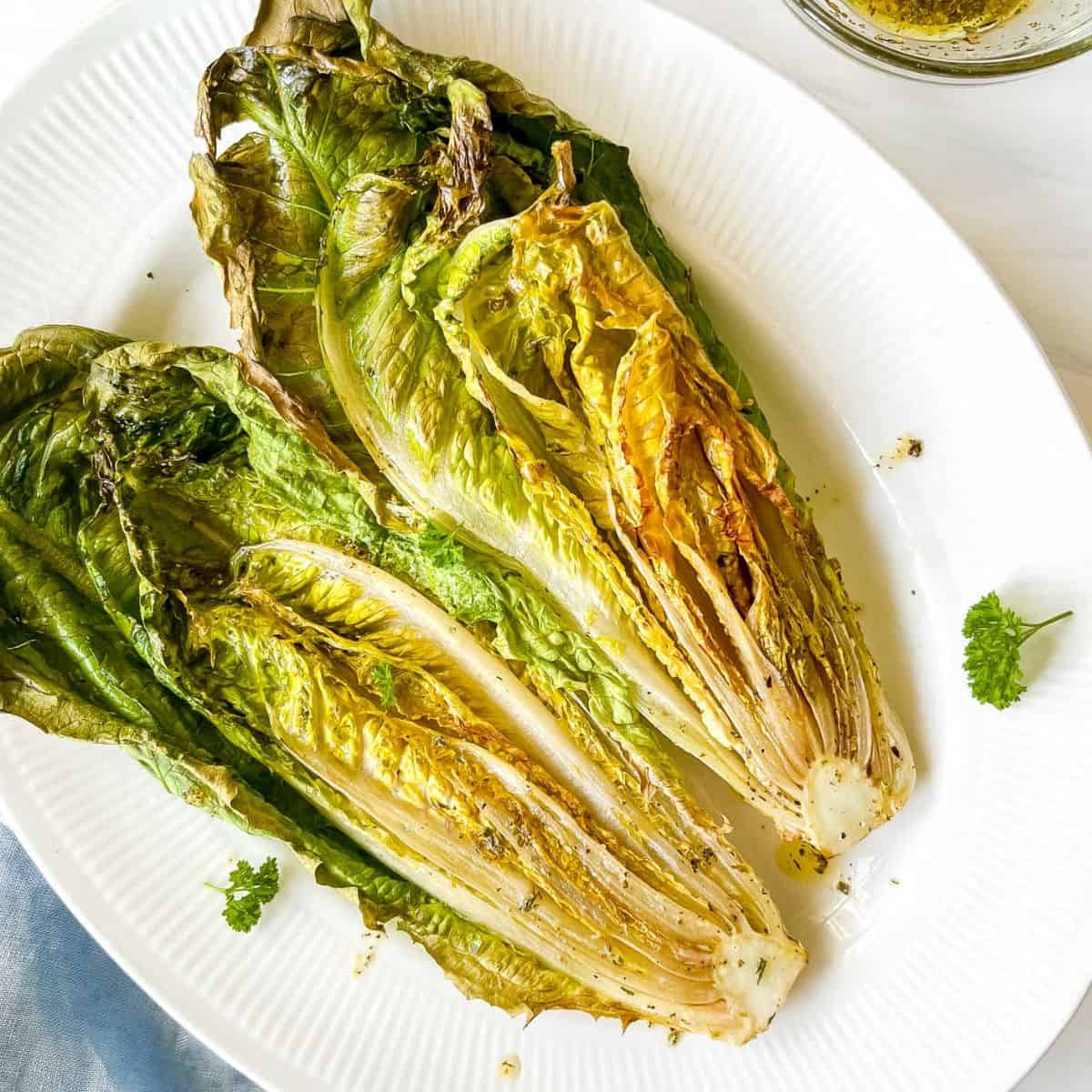
Romaine lettuce (also known as Cos lettuce) is light green with crunchy leaves. It grows in 'longer' heads than other lettuces that are more round in shape, with more prominent white ribs down the centre of the leaves. Less earthy in taste than spinach, romaine has a lighter flavor with a hint of bitterness.
Romaine is typically used in Caesar salads, but can also be used in smoothies or as lettuce wraps.
As Healthline's article on lettuce describes, romaine lettuce is a good source of folate, potassium, antioxidants and vitamins A and K.
Iceberg lettuce
Iceberg lettuce (also known as crisphead or head lettuce) has a mild, sweet flavor and is crisp in texture. It works well as a spinach substitute in salads.
This type of lettuce is commonly used in salads, but can also be served as a 'wedge' with sauce or used as lettuce wraps.
Healthline describes the health benefits of iceberg lettuce as being higher than commonly thought of, and that it is a good source of folate and vitamin K.
Watercress
Watercress is a popular dark green leafy vegetable, with distinctive long stems and small round leaves. It has a strong peppery flavor with a hint of bitterness that will perk up any dish!
This leafy green can be used as an alternative to spinach is salads and sandwiches, or in dishes such as omelettes. Both the stem and the leaves are edible.
In their description of the health benefits of watercress, Healthline notes that this member of the Brassicaceae family is a particularly good source of vitamin K, as well as antioxidants and vitamin C.
In a study on watercress, two compounds found in this leafy green were found to inhibit histamine release (Goda et al. 1999)*
Frequently asked questions
Yes, you can cook with frozen spinach in dishes such as soups and stews by adding to your skillet or dish. The frozen spinach will defrost and cook in your dish.
Many different types of lettuce work well as spinach substitutes in salads, including butter lettuce, romaine lettuce and iceberg lettuce. You can also used finely diced young bok choy, watercress and arugula.
Small amounts of kale, romaine lettuce or arugula can be used in smoothies as an alternative to spinach.
Finely diced kale, chard and collard greens can all be added to pasta dishes as alternatives to spinach.
Related posts
Looking for helpful guides to make your tasty recipes with substituted ingredients? I think you'll find my posts on tomato substitutes, substitutes for yogurt in smoothies, bean substitutes, quinoa substitutes, celery substitutes and broccoli rabe substitutes helpful, as well as these recent posts:
References
*Goda, Y. et al. (1999) 'Constituents in watercress: inhibitors of histamine release from RBL-2H3 cells induced by antigen stimulation', Biological and pharmaceutical bulletin, 22(12): 1319-26.


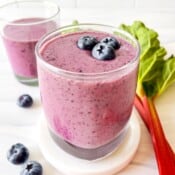
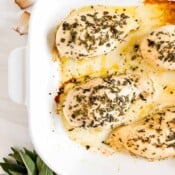

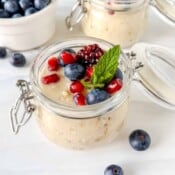
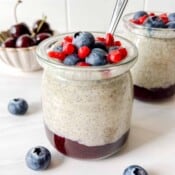
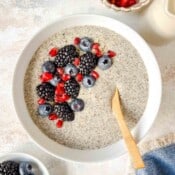

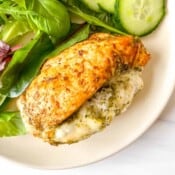



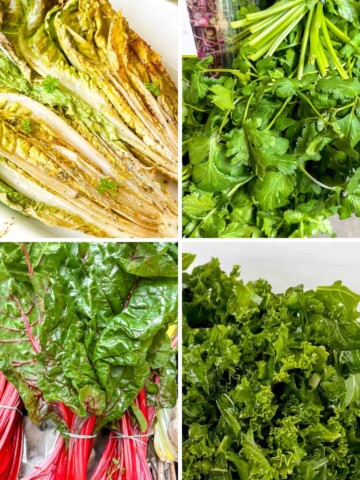
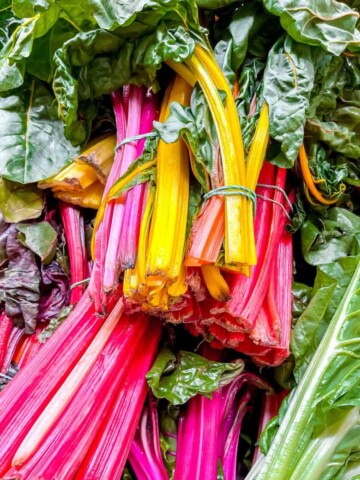
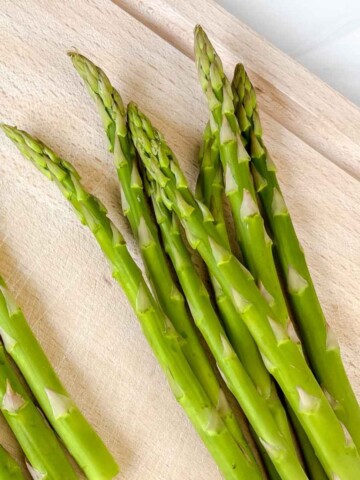
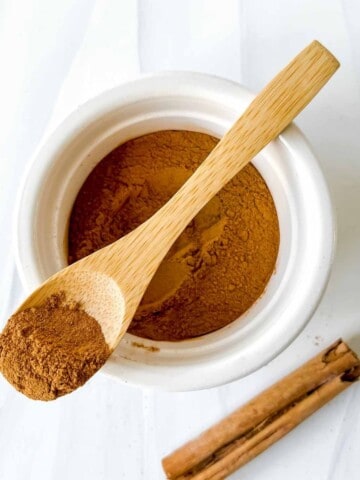
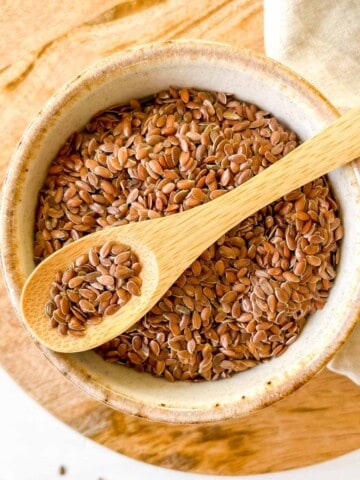
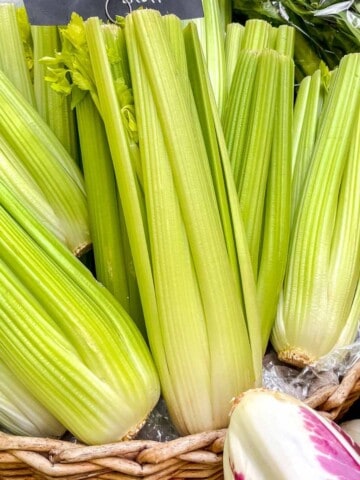
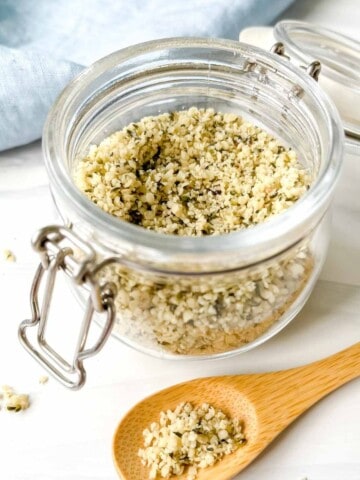
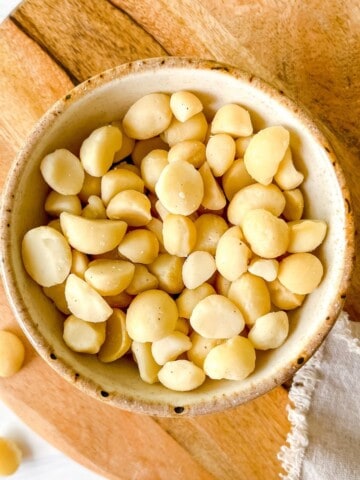
Comments
No Comments